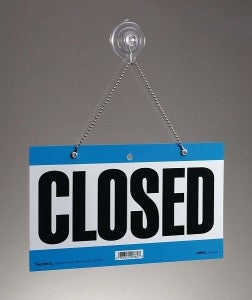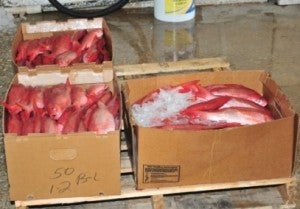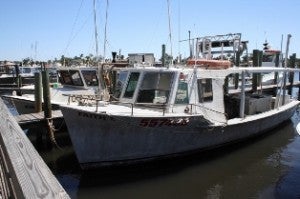 If you think the headlines about fishery closures in the South Atlantic are getting old, imagine being a fisherman in the region. As these closures continue to pile up, they are looking at months off the water.
If you think the headlines about fishery closures in the South Atlantic are getting old, imagine being a fisherman in the region. As these closures continue to pile up, they are looking at months off the water.
On October 8, 2012 the commercial black sea bass fishery will close for the year. The fishery opened on July 1, 2012 after having eliminated half of its fishermen – many who had made serious investments in gear and relied on black sea bass for many years. This was a result of a fishery management tool called “endorsements” implemented by the South Atlantic Fishery Management Council.
Endorsements eliminate fishermen from a specific fishery to handle overfishing by setting a minimum average of pounds of fish that fishermen must have caught in the past to receive an “endorsement” to fish for that species in the 2012 season. The unfortunate truth about endorsements is that conservation-practicing fishermen who fish with less gear, catch less fish, and are paid a higher price for their quality fish are forced out of the fishery in favor of those who use more gear, catch more fish, and flood the market with lower quality fish.
In South Carolina this program eliminated 80 percent of the fishermen who had previously been trapping sea bass. It hurt fishing families throughout the region, and especially in the Carolinas – where in some fishing towns, not a single fisherman received an endorsement. To make this hardship worse, after all of that, this year’s season only lasted 55 days longer than the previous year.
Fishermen are willing to sacrifice to ensure the long-term sustainability of the fish, but a program that results in blanket removal of fisherman, without any hope for a future stake in the fishery, isn’t good policy.
More closures are coming for fishermen in this region and the question of how long they can hang on is getting harder to answer. The outdated command and control management isn’t working for the stocks and isn’t working for the fishermen. They deserve better. Read More












 Today in Orlando, Florida, the South Atlantic Fishery Management Council (Council) approved amendment 17A (17A) to the snapper grouper fishery management plan. Now it will go to U.S. Secretary of Commerce Gary Locke for approval. 17A closes the red snapper fishing season throughout the Southeast. It also closes a 5,000 square mile area for additional kinds of snapper and grouper fishing from Georgia to South Florida. A short-term ban was put in place in January to prevent red
Today in Orlando, Florida, the South Atlantic Fishery Management Council (Council) approved amendment 17A (17A) to the snapper grouper fishery management plan. Now it will go to U.S. Secretary of Commerce Gary Locke for approval. 17A closes the red snapper fishing season throughout the Southeast. It also closes a 5,000 square mile area for additional kinds of snapper and grouper fishing from Georgia to South Florida. A short-term ban was put in place in January to prevent red 
